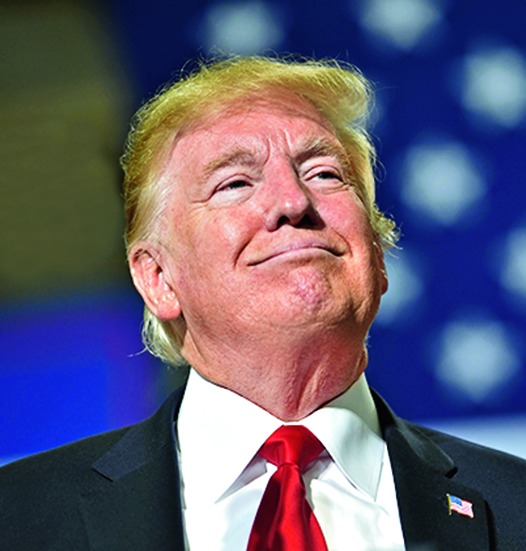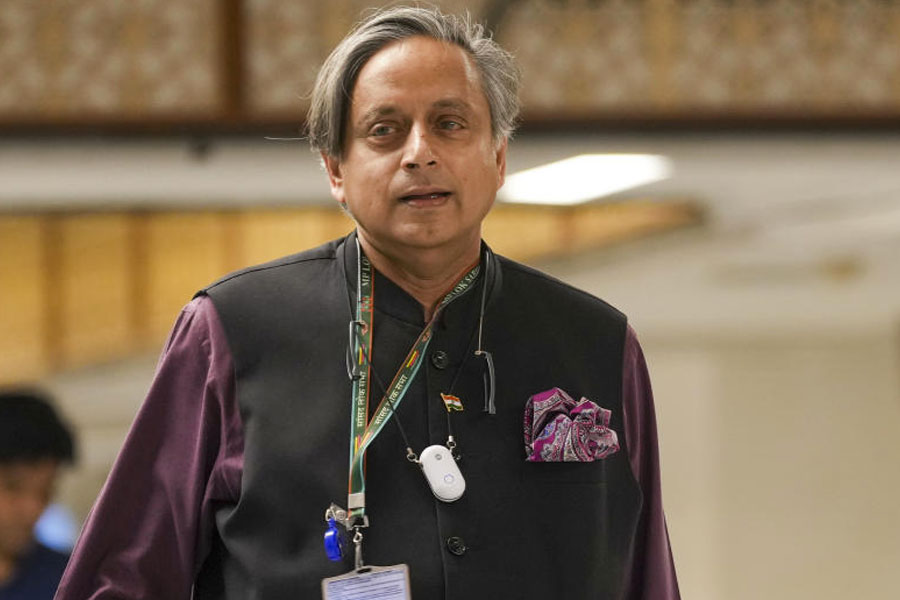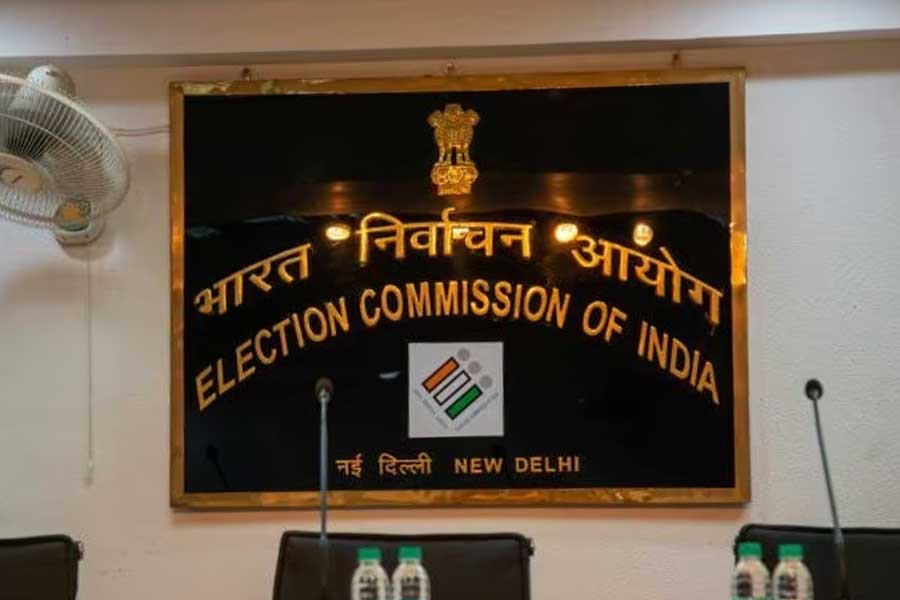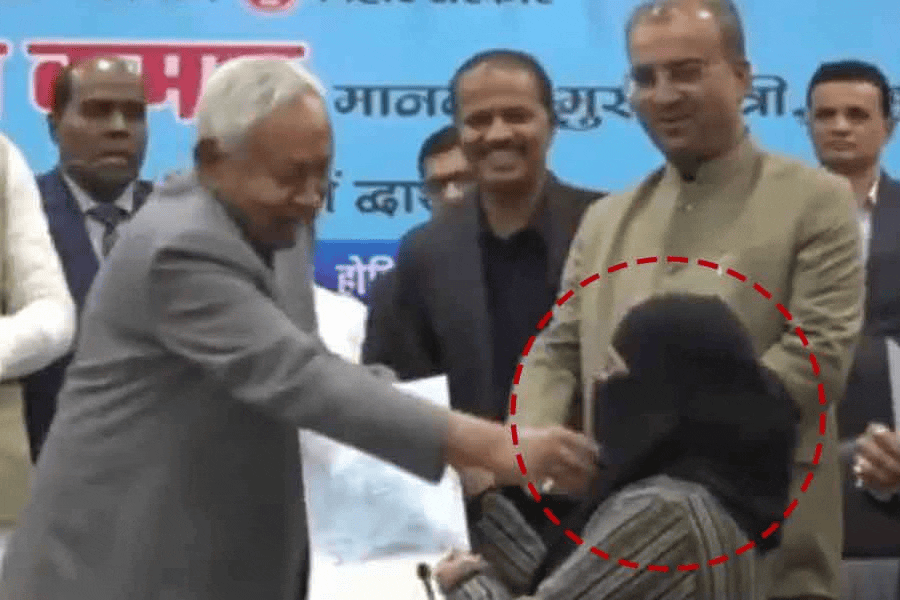
" Inside the museum, infinity goes up on trial." - Bob Dylan
Looking at them I think of fish, literally schools of fish, each with its particular set of colours, the groups criss-crossing between the coral architecture; very occasionally a member pausing to nibble at an outcrop of underwater rock before the pull of the tribe yanks him/her away. It's Friday, it's not quite hot outside but it's warming up. Inside the museum it's cool, the fans are not yet on, and the galleries are full of schoolchildren. For some reason, there seem to be only tolis of schoolgirls in their frock or salwar-kameez uniforms, no boys' school has been released onto the ancient statuary. One wonders why - do boys not do museums? Are they too rowdy to be trusted near the yakshis? Would they use the long mammoth horns as see-saws? At the end of my visit, I do see a few boys, in maybe two different uniforms, but they are far outnumbered by the swirl of girls.
The collection of antiquities at the Indian Museum is one of the most important anywhere - the pieces are among the highest representations of human endeavour and artistry - but the kids don't give a lollipop about any of this. It's as if they are in a playground and the sculptures and displays are obstacles; they can run and shout and scream and play tag, just as long as they, more or less, avoid touching these pesky exhibits. It's barely 11 am but the museum guards are already looking enervated. They have whistles, just as the guards do at the Taj Mahal, and they blow them and shout at the kids, herding them away from causing damage or even harm to themselves from some sharp bit of stone jutting out from an idol. The women schoolteachers all seem exhausted - many of them have found themselves chairs on which to collapse, and they watch dull-eyed as their wards have their brush with the plastic traditions of Indian culture and with the typical 19th-century cabinets crammed with millennia-old specimens of natural history.
I try and put myself in the chappals of one of these 10 or 12-year-old girls from the mofussil. It's a day trip to Calcutta by bus or train; it means no classes today, hooray! I'm carrying my tiffin and water bottle and maybe a few rupees for a treat of some street food afterwards; my pals are with me and we are having fun; one of the boring chores, the price you pay for this chhuti, is that you have to go through the jadughar while the teacher yells at you. Who cares about what strange birds and big lizards existed millions of years ago, who cares about all the gods and goddesses made in boring black, grey or red stone, who cares about the tiny little paintings that are hung too high for anyone to see?
No, there are no stories attached to the things on show, and clearly few teachers are equipped to make these objects come alive in any gripping or interesting way. Without exception, the different school parties I saw that day were tramping through the museum as a compulsory exercise - there would be a tick mark in each student's report book, in the teacher's register, in the principal's schedule chart - 'visit to Indian Museum - completed'.
It's the first time I've been back in the Museum since the refurbishment and I can see that a lot of work has been put in: the spaces are better organized, the lights are working and more focussed, there are even CCTV cameras. But the stone stairways still have dangerous breaks and shards sticking out, the 'backstage' is still visible, where staff sit in ill-lit rooms drinking their tea, there are bits still boarded up, many of the signs are hand-painted as if in a school common-room. The saddest part is the tiny, dingy museum shop. On the sparsely inhabited shelves are old, decrepit publications and folios - horrible 1970s/1980s reproductions of miniatures and flash photographed sculpture - that are specimens of museum history themselves. There are no posters or postcards and no recent publications or art history - a pity given that this is of the richest stores of material history in the country.
The question arises - despite the succeeding directors and staff trying their best - might it be a problem of money, of lack of funds? The answer is no, there is no dearth of money in this town for things like this. For a museum that should be the pride and centrepiece of the city's (and the country's) cultural history, there should be plenty of private funds available. If wealthy donors are not willing to fork out proper sums to refurbish and maintain an institution like this, then it should be done with a direct tax: for every multi-storey put up by a builder in Greater Calcutta, there should be a Direct Museum Tax of between one and five crore; lest we forget, highly qualified committees have been formed working with the museum director to advise on necessary changes, but only a very few of their recommendations have found their way through the thickets of politics and red tape. No, there is no dearth of either money or knowledge, the budget-deficit is one of vision, the surplus - in succeeding governments at the Centre and in the state - is one of indifference, of treating culture as a low priority or merely as a vehicle to propagate revanchist ideologies.
Besides the Indian Museum, I had reason (the usual one, friends from abroad visiting Calcutta for the first time) to also visit the Marble Palace and the Tagore House that serves as a museum at Jorasanko over the last week. If the Indian Museum falls in the zone of the Central government, the Mullick house is a private museum and Jorasanko a West Bengal jagir. Again, there was a similar sinking of the heart while exploring these two places: decrepit or lackadaisical displays, either no attempt to provide a context or narrative (for the objects at Marble Palace) or a muted, dated presentation at the Tagore house, where the air-conditioned galleries sponsored by various countries in no way make up for the absence of a central vision, for the failure to create a space that would welcome not only the foreign or non-Calcuttan Indian visitor but also the gangs of schoolgirls from Barasat or Kalyani.
At some point, we will have to understand the museum not as a godown-mausoleum for objects but as a live space, primarily there for the use of the widest section of the public. It's not enough just to have the objects lined up or piled up or accompanied by sonorous, piped Rabindrasangeet (now following you seamlessly and muzak-like from the traffic lights outside), you need to create interest, curiosity, fascination with what people are looking at, to make it relevant to their today. While cards, wall texts, video screens and so on are important tools for doing this, there is no replacement for 'boots on the ground', people who are passionately engaged with the material on display and who can tell riveting stories, people who can get the fast-moving, low-attention span schoolkids to stop and listen, for their brains to engage in and remember, for their appetite to be whetted to explore further around what they have seen.











